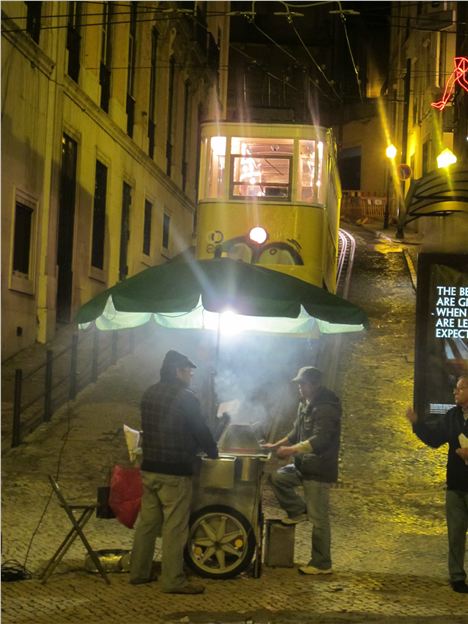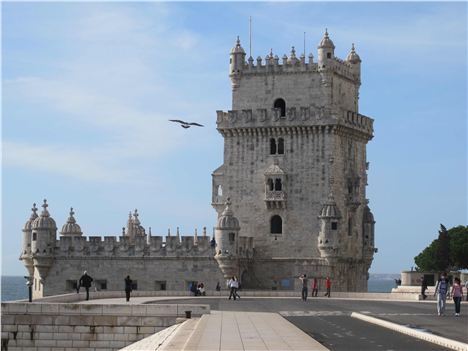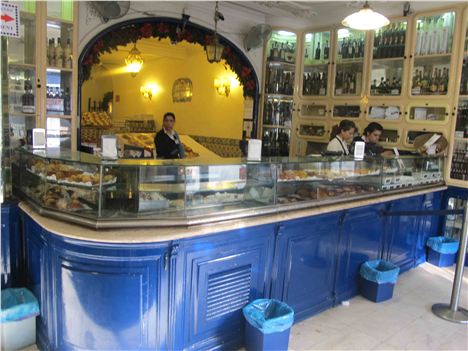ELEVADOR da Gloria. It sounds like Portuguese for Stairway to Heaven. A 265 metre funicular that trundles you up from near Rossio Square in the Baixa to the lofty Bairro Alto. From the flat businesslike boulevards built after the great 1755 earthquake to the bohemian upper reaches of the old town – let’s call it Hedonism Central.
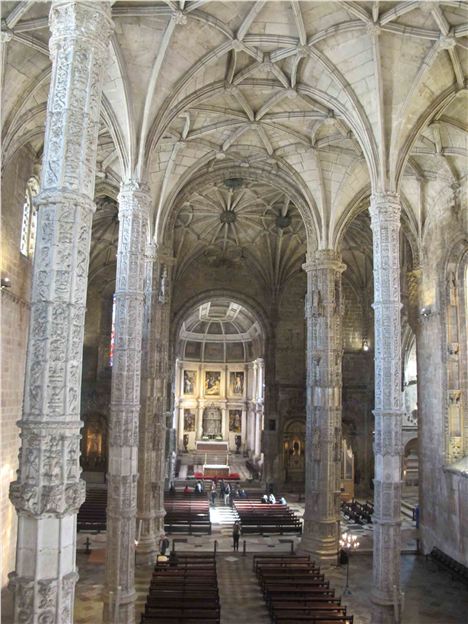 Gothic wow factor in the Mosteiro dos Jeronimos
Gothic wow factor in the Mosteiro dos Jeronimos
Weekend breaks aren’t just about cultural sight-seeing. Lisbon, under three hours’ flight time from Manchester with TAP Portugal, has much to offer in that sphere – an amazing 16th century monastery, one of Europe’s finest art galleries and, for the kids, a state of the art oceanarium. But first succumb to the lure of its vivid nightlife. Tell yourself it’s a way of getting bearings in a fascinating city.
Dusk in the party-loving Portuguese capital brings with it big decisions. So much to cram in. Fortunately it was out of my hands this time. The itinerary laid out: supper with friends in some latest place to be seen followed by a bar crawl in the Alto or chic neighbouring Chiado; maybe an early hours chill-out in a waterfront superclub like Lux, co-owned by John Malkovitch (the Hollywood A-lister has fingers in several Lisbon pies).
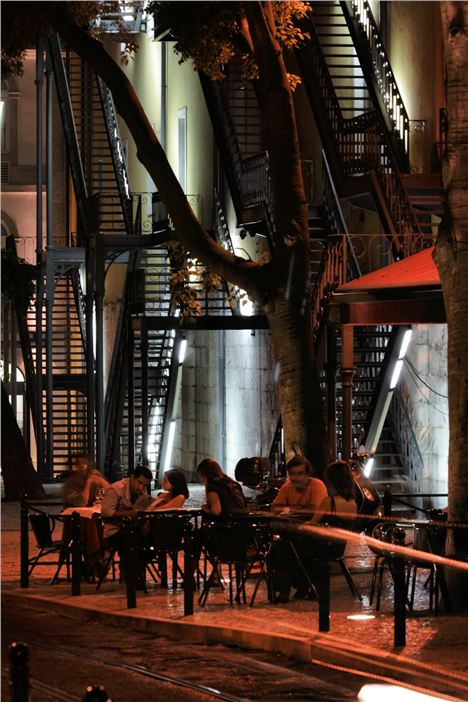 Lisbon's laid-back nightlife doesn't run to a strict timetable
Lisbon's laid-back nightlife doesn't run to a strict timetable
But first a balmy early evening and time on my hands. I took a beer (Sagres is the pick of the local brews) in one of the kiosks along the wide pedestrianised middle of the Avenida das Liberdade, Lisbon’s less snooty equivalent of the Champs Elysees.
I passed on a local speciality that lies in wait in the touristy lanes off the Rossio. Ginjinha bars serve up a sticky liqueur made of a cherry-like berry called Ginja. I hadn’t packed the Nurofen, time to take the Elevador.
At the top sits the S. Pedro de Alcântara belvedere. Take a bench and take in the magnificent views across the city to the Castelo San Jorge (St George’s castle, which offers its own panoramas) and the Rio Tejo (River Tagus) beyond.
A perfect introduction to the city, even by night. As is the nearby Instituto do Vinho do Porto, where a vast range of port styles can be tasted (and bought) in the 18th century Palácio Ludovice. A warning, though, the waiters are dauntingly aloof. A swift tawny there and then a more relaxed experience in a unique wine bar just down from the Rua S. Pedro de Alcântara off the Principe Real
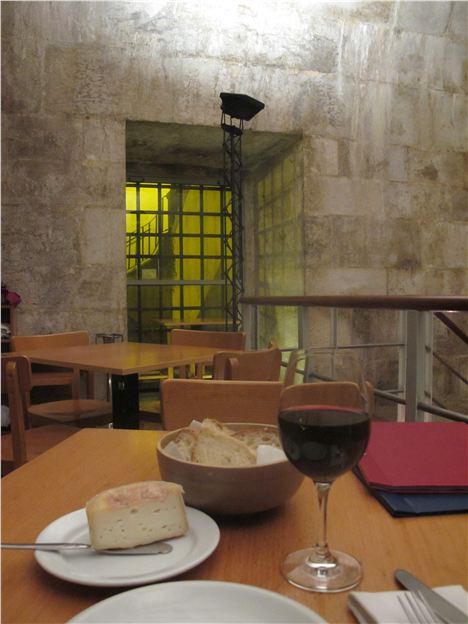 Vinoteca – wine and cheese in the old water store
Vinoteca – wine and cheese in the old water store
The Enoteca Chafariz do Vinho (Rua da Mae d'Agua) took a while to find. Outside there’s barely a sign; inside, this jail-like, converted 1781 water store is equally disorienting. You enter this unique Vinoteca past the kitchen. They were clearing up after an afternoon party and the proprietor, a celebrated Portuguese wine critic, was reluctant to let me in. A waitress pleaded my cause and I happily nibbled a recommended local sheep’s cheese called Azeitao, washed down with a duo of delectable Douro reds.
The subsequent bar crawl in the Bairro Alto was disappointing in comparison. Too many students rowdily celebrating end of term, too few bars of genuine character. And character is what Lisbon has in spades, as was evident next day in Belem.
Pronounced Ber-Layng (Portuguese is hard to get your tongue round), this waterfront suburb is well worth the tram trip out. Today it’s a breezy place to stroll, from the spectacular Golden Gatelike Ponte 25 de Abril along to the Moorish-influenced Tower of Belem. Until an earthquake shifted the river’s course in 1777 it stood in the middle of the waters, guarding the estuary’s mouth. Later it housed political prisoners in its over-moist dungeons.
Belem’s real historical significance, though, is as the departure point of Vasco da Gama’s momentous voyage to India in 1497. His arrival back two years later, laden with priceless spices, created a Portuguese Golden Age.
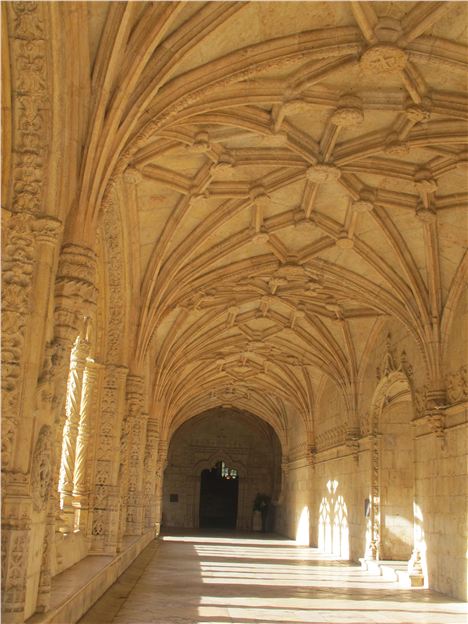 Sunlit cloister in the Mosteiro dos Jeronimos
Sunlit cloister in the Mosteiro dos Jeronimos
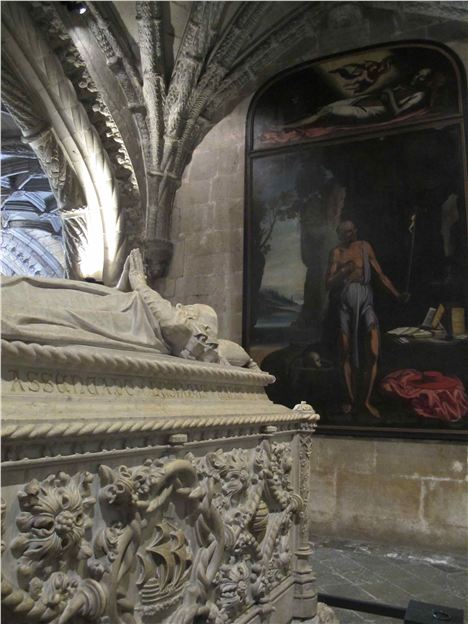 Memento mori – the great discoverer's last resting place
Memento mori – the great discoverer's last resting place
The monumental proof stands in Belem on the site of an old hermitage where da Gama and his companions prayed on the eve of their voyage. The wealth their discoveries created built the Mosteiro dos Jeronimos, last resting place of the explorer and now a UNESCO World Heritage site (www.mosteirojeronimos.pt). The monastery church is one of Europe’s great Gothic buildings and I particularly liked the honey stone Cloisters, where a school group was being treated to a spot of doublet and hose-clad historical reenactment.
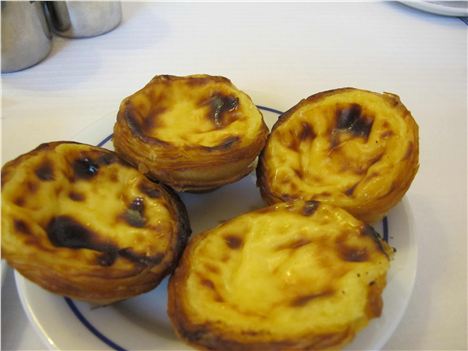 Pasteis De Belem and below the famous Antiga Confeitaria
Pasteis De Belem and below the famous Antiga Confeitaria
I’d like to think da Gama took a basket of custard tarts to supplement the ship’s biscuits. Certainly the monks were baking Pasteis de Belem back then. The Monastery handed on their secret recipe to commercial bakers back in 1837 and it’s still used at the Antiga Confeitaria de Belem,a very astmopheric cafe. Yes, it was 10.30am and I scoffed four of the little beauties.
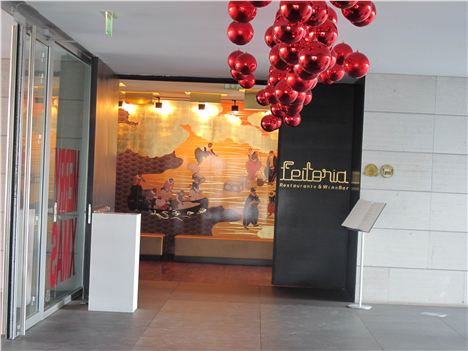 Michelin-starred A Feiteria restaurant in a beautiful boutique hotel
Michelin-starred A Feiteria restaurant in a beautiful boutique hotel
It didn’t spoil lunch at one of Lisbon’s outstanding new restaurants, which had recently scooped its first Michelin star. A Feitoria is a very laid-back dining space on the ground floor of the riverfront Altis Belem Hotel & Spa. The light, inventive food is as exquisite as the boutique lodging itself. A great base if you can’t face the bustle of the centre.
 I meet a poodle in the amazing Berardo Collection
I meet a poodle in the amazing Berardo Collection
It is also handy for the Berardo Collection Museum. The haphazard exterior belies the treasures within. The exterior is never going to rival Bilbao’s Guggenheim, but the contents definitely outshine. To get a taste of this all-embracing showcase of modern and contemporary art visit www.museumberardo.pt.
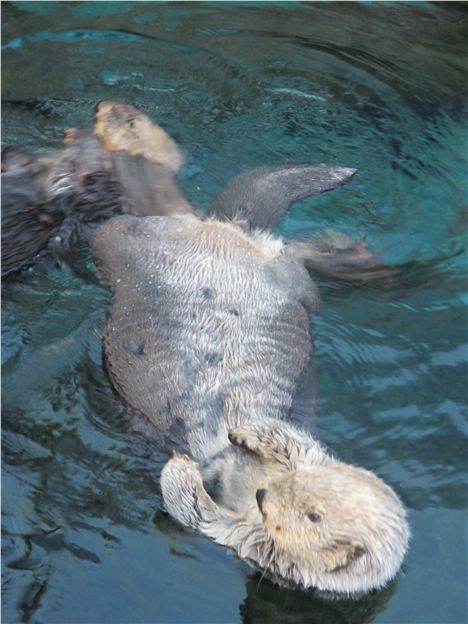 Sea otter in a perfectly reconstructed environment at the Oceanario
Sea otter in a perfectly reconstructed environment at the Oceanario
Another outstanding riverside attraction, this time to the east of the city in the Parque de Nacoes new town on the Expo 98 world fair site, is the Oceanario (Oceanarium). Around 8,000 fish and marine animals, including rays and sharks, feature close-up in the enormous central tank the size of four Olympic swimming pools and screened off recreations of ocean eco-systems. The penguins and sea otters are a particular delight. www.oceanario.pt.
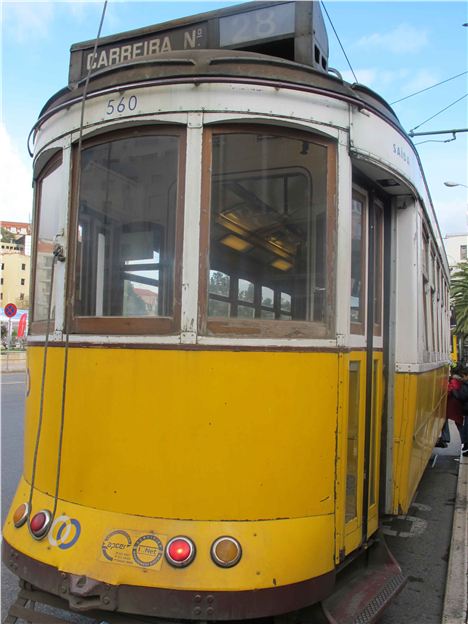 28 Tram – the one you shouldn't miss
28 Tram – the one you shouldn't miss
Back in the centre, the best advice is rattle along the historic and scenic 28 tram route or simply stroll. Lisbon is a very strollable city, though the hills are taxing on the calf muscles, particularly if you make it up through the atmospheric Arab quarter Alfama to the Castelo San Jorge.
Here an old Brooklyn exile feeds the feral castle cats and peacocks strut the ruins. I try both sets of residents with some crumbs of custard tarts I smuggled up.They like them, too.
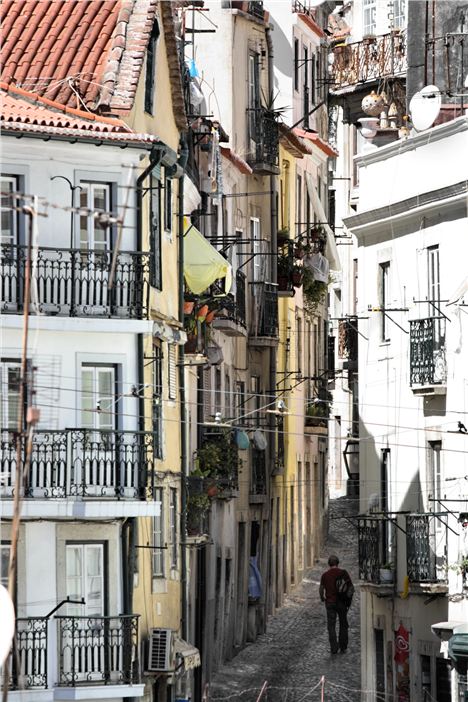 Backstreets in the atmospheric Alfama district
Backstreets in the atmospheric Alfama district
Fact file
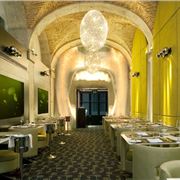 LargoWhere to stay:
LargoWhere to stay:
Neil Sowerby stayed at the Hotel Altis (+351 21 310 60 19/ www.altishotels.com). Double rooms from 120 Euros (approx. £99) including breakfast.
Its boutique stablemate, the Altis Belem (+351 21 310 60 19/ www.altishotels.com). Double rooms from 170 Euros (approx. £140) including breakfast.
Another designer lodging in the heart of the action on the Praca Luis de Camoes is the Bairro Alto Hotel (+351 21 340 82 88/ www.bairroaltohotel.com/en/). Double rooms from 250 Euros (approx. £206) including breakfast. Great rooftop terrace.
Getting there:
TAP Portugal flies three times a week from Manchester to Lisbon, prices start at £53 one way including all taxes. For further information, visit www.flytap.com or call 0845 601 0932.
Where to eat:
Tasca da Esquina, Rua Domingos Sequeira, 41 C Campo de Ourique (www.tascadesquina.com). The kind of neighbourhood restaurant every neighbourhood should have. Stylish and playful and that includes the food.
Largo, Rua Serpa Pinto, n.10 – Chiado (www.largo.pt). Quality take on traditional food, buzzing atmosphere in a converted cloister beside the opera house.
Bica do Sapota, Av. Infante D. Henrique – Armazen B., Cais da Pedra – Santa Apolonia (www.bicadosapato.com). Retro minimalist decor with kind of crowd that crave “the scene”, but food and service are excellent.
A Feiteria. Superb. See main text and Altis Belem hotel details. Visit www.altisbelehotels.com.









